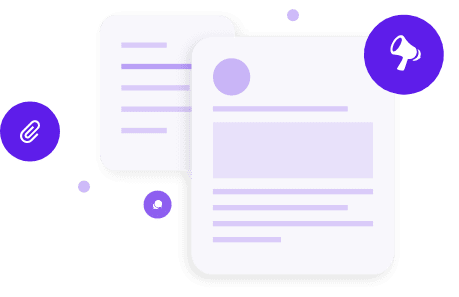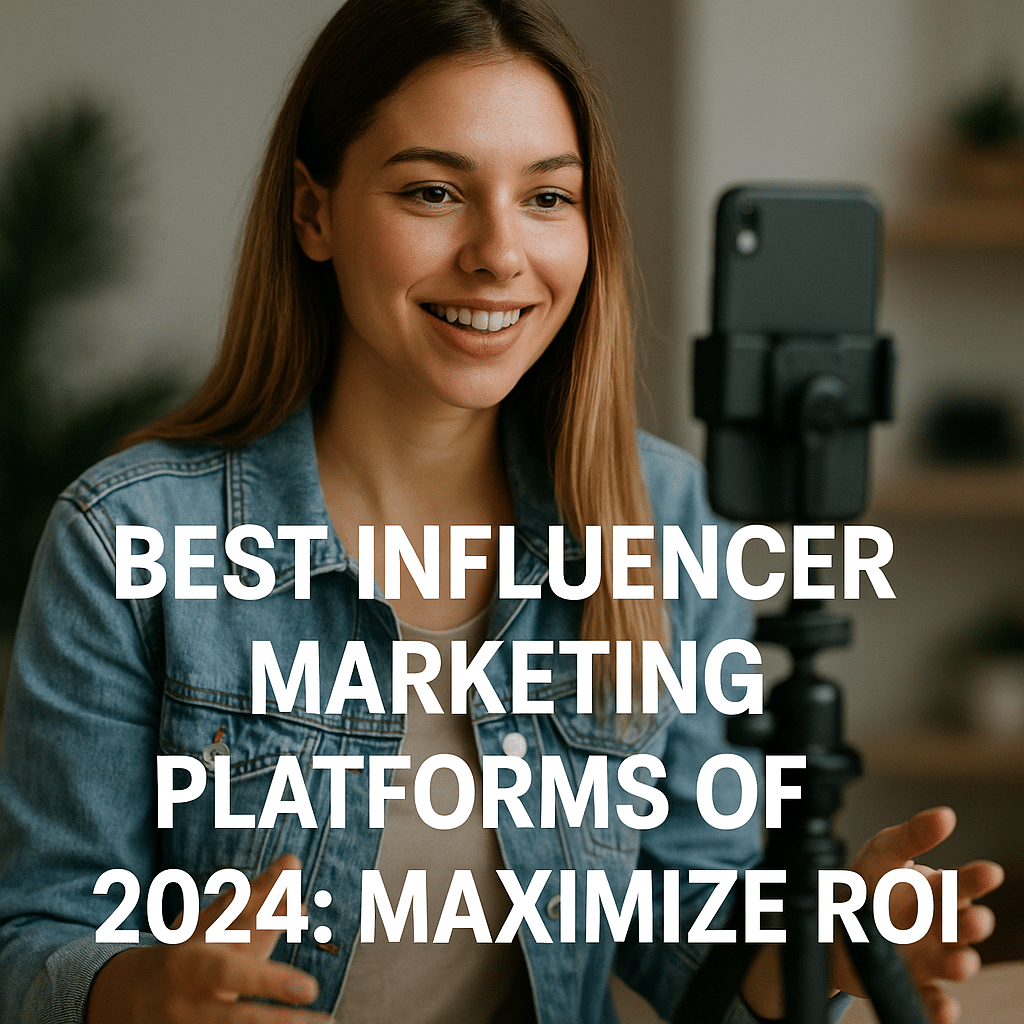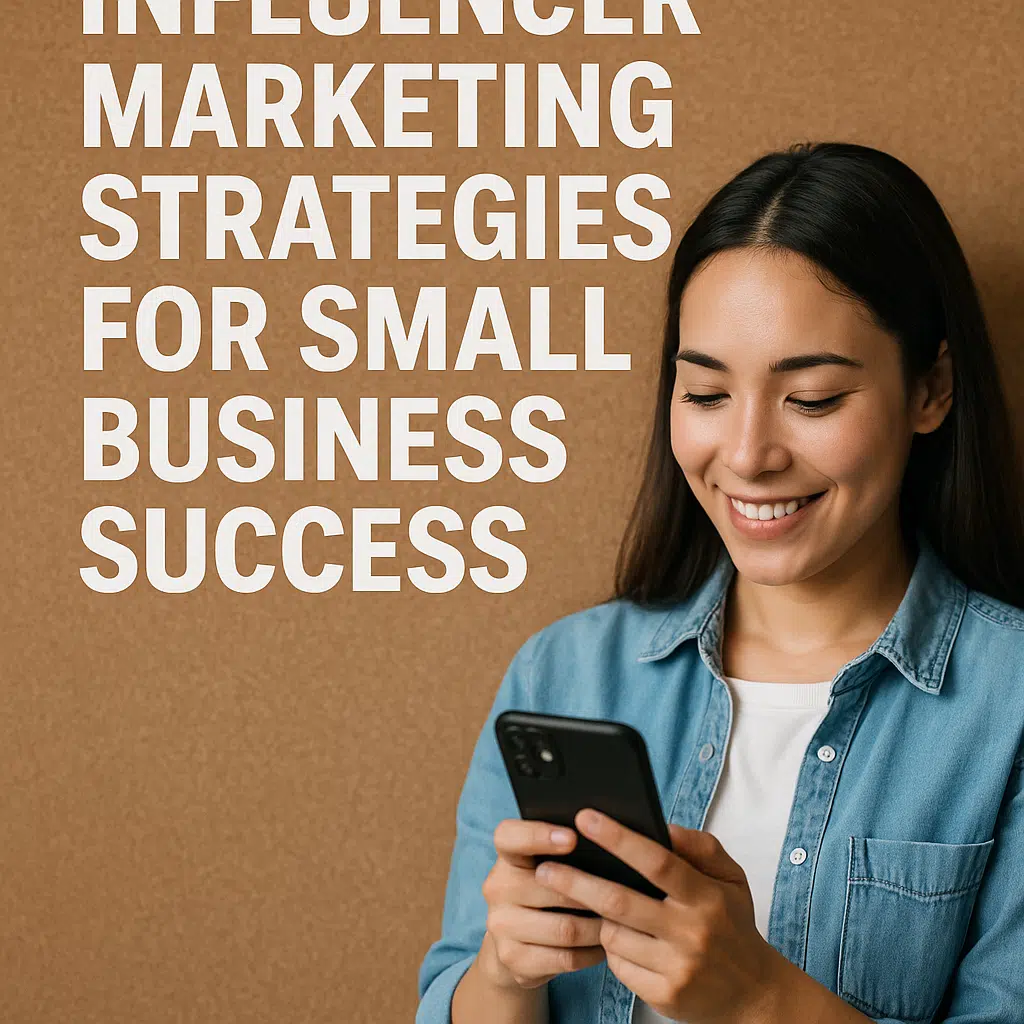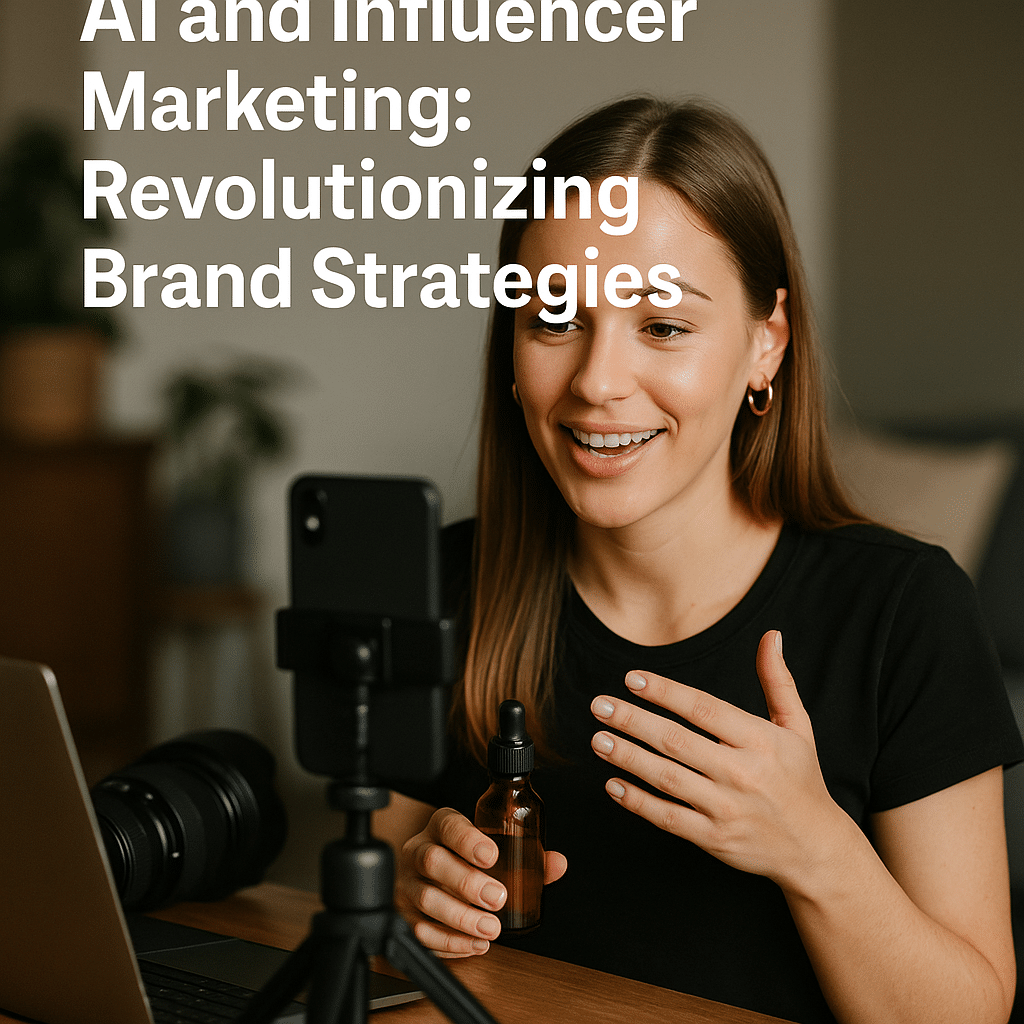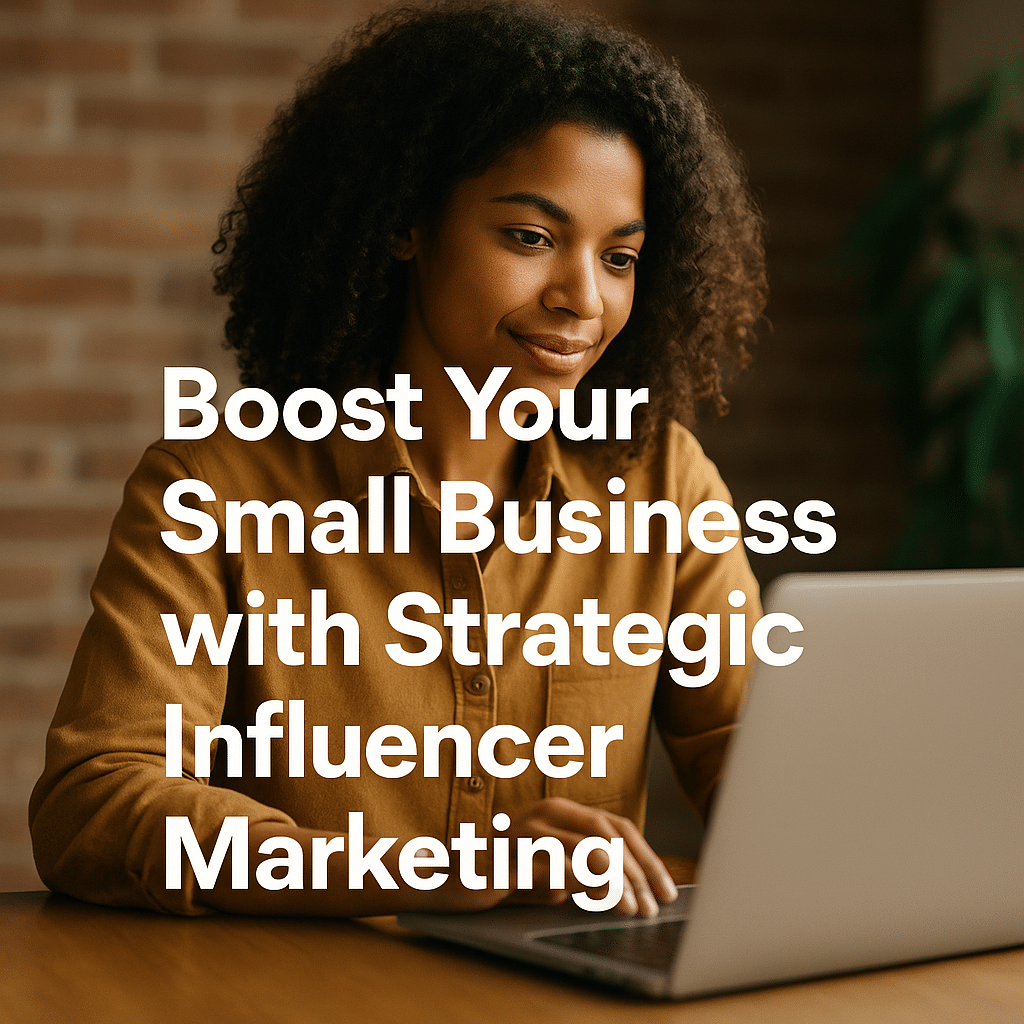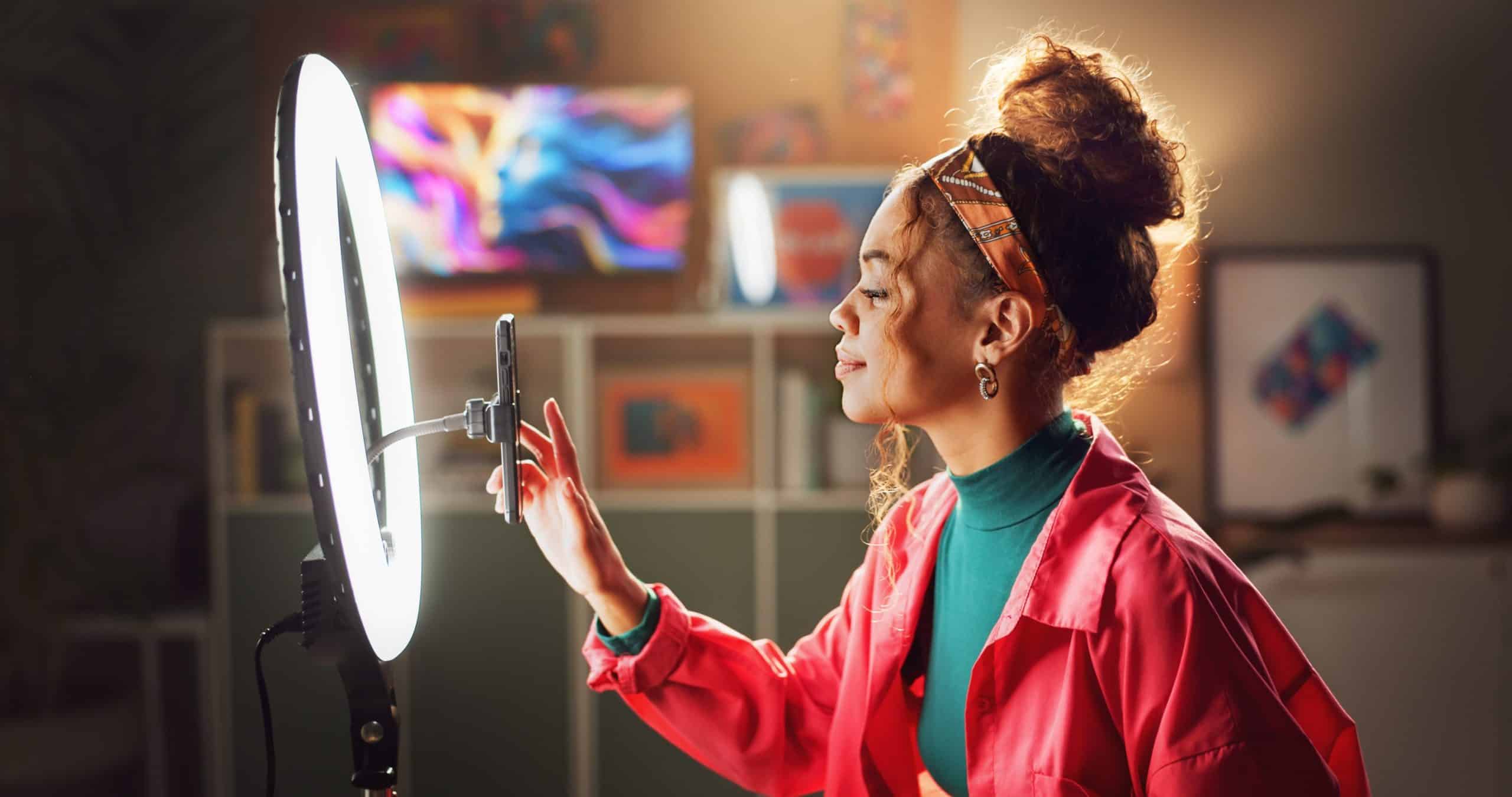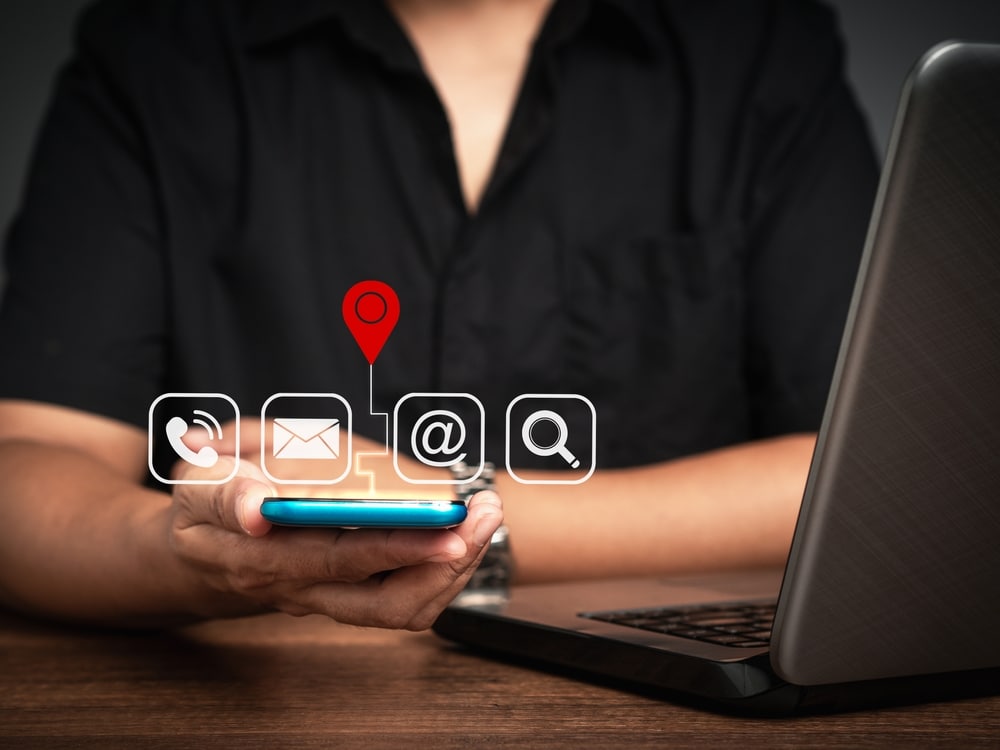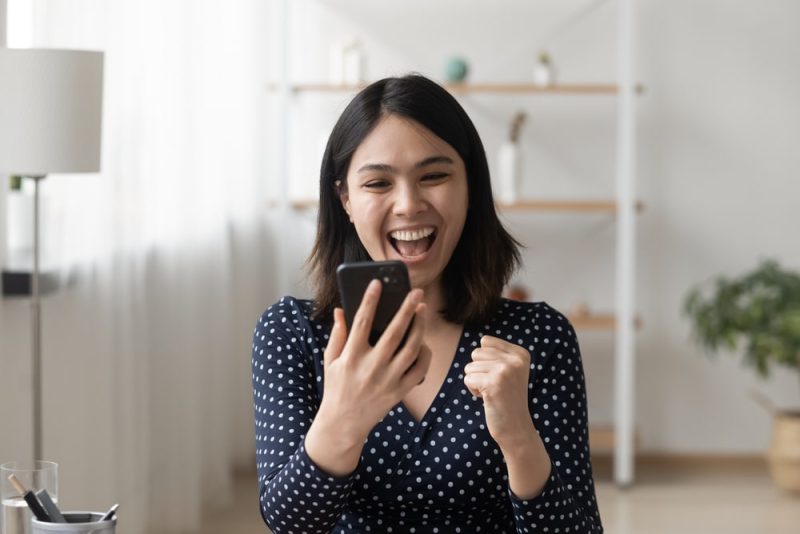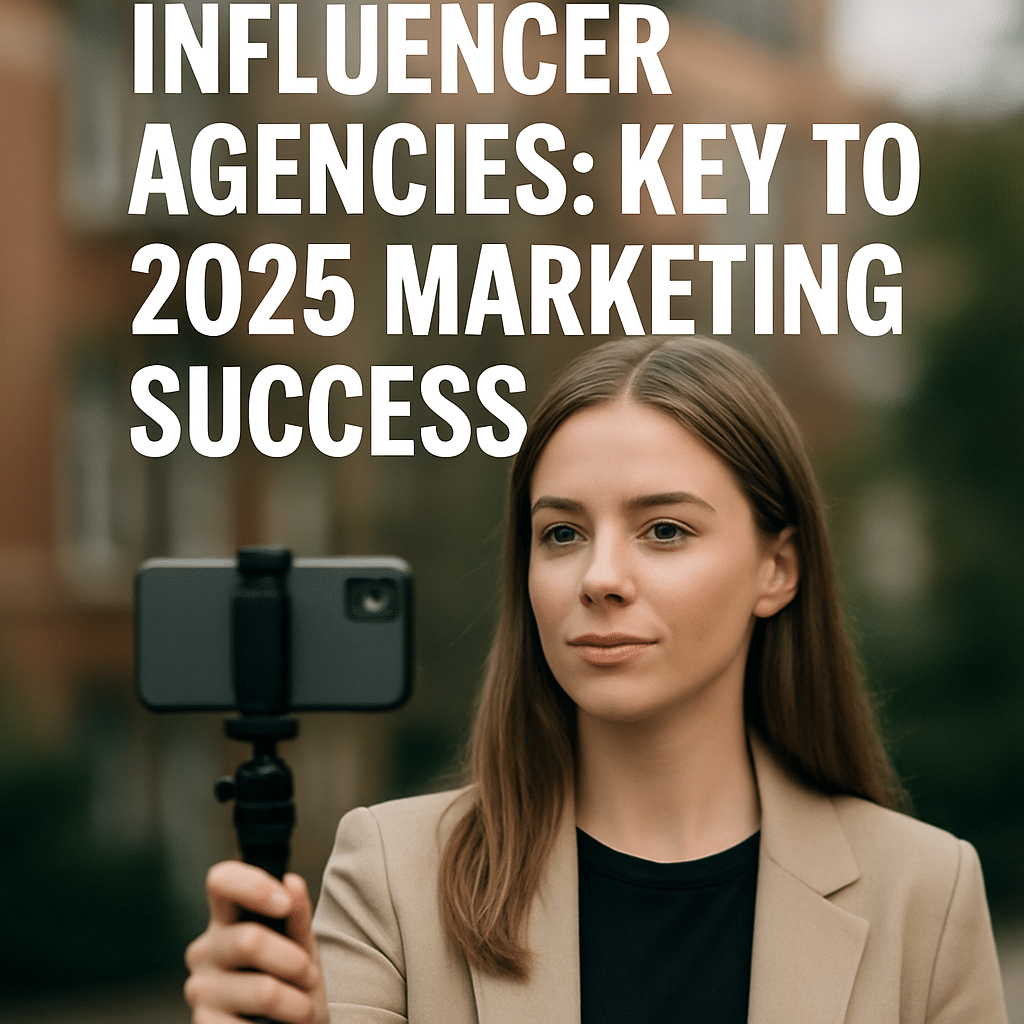
Influencer Agencies: Key to 2025 Marketing Success
A social media influencer agency connects brands with influential creators who can amplify marketing efforts and drive authentic customer engagement. As influencer marketing transforms how businesses connect with audiences in 2025, understanding social media influencer agencies is crucial for brands and creators alike. Are these agencies the secret ingredient your brand or career needs to thrive?
What Is a Social Media Influencer Agency?
A social media influencer agency is a specialized agency that discovers, manages, and connects social media influencers with brands seeking visibility and engagement. These agencies facilitate partnerships across platforms such as Instagram, TikTok, YouTube, and more. In 2025, agencies offer much more than matchmaking—they provide strategy development, performance tracking, quality assurance, and influencer education.
According to Influencer Marketing Hub, over 83% of marketers leveraged influencer agencies for campaign management in 2025—highlighting these agencies’ integral role in the digital landscape. Their services often include:
- Strategic influencer selection using data-driven tools
- Content creation guidance based on brand objectives
- Contract management and campaign negotiation
- Analytics and real-time campaign optimization
- Payment logistics and legal compliance
How Social Media Influencer Agencies Help Brands Grow
For brands, influencer agencies provide access to talent, save time, and reduce risk. They ensure your campaign pairs with creators whose audiences align with your target demographics—maximizing ROI. In 2025, brands say agencies have shortened campaign lead times by up to 40% and improved campaign outcomes through niche audience targeting (Social Media Today).
Key benefits for brands include:
- Data-Driven Partner Selection: Agencies vet influencers through demographic and engagement analytics, ensuring authentic reach.
- End-to-End Campaign Execution: Agencies oversee the entire process, from ideation to reporting, providing a single point of accountability.
- Risk Management: Compliance with FTC guidelines and legal safeguards against influencer misrepresentation or fraud.
- Scalable Access to Creators: The ability to launch multi-influencer campaigns on tight timelines, globally or locally, as needed.
For example, Swedish brand Fjällräven grew its U.S. audience by 64% within six months in 2025 by partnering with niche micro-influencers sourced by a leading agency, validating the reach and ROI potential of agency-led campaigns (Statista).
Why Influencers Choose Influencer Agencies
Influencer agencies aren't just for brands—they’re vital allies for creators navigating the modern digital landscape. As social media becomes saturated, creators face challenges securing collaborations, negotiating rates, and maintaining legal compliance. In 2025, more than 56% of full-time influencers rely on agencies for career management (Business of Apps).
Agencies offer influencers:
- Consistent Opportunities: Regular brand deals and campaign access that match the influencer’s audience and style.
- Negotiation Support: Expert contract negotiation ensures fair pay and clear campaign expectations.
- Reputation Management: Guidance on maintaining a reputable digital footprint and securing future partnerships.
- Education and Growth: Many agencies now offer workshops in content strategy, analytics, and brand building—helping creators sustain long-term career growth.
For example, TikTok beauty creator Ana Lee credits her agency for increasing her campaign rates by 2.5x in 2025, securing exclusive partnerships, and providing performance analytics that helped her focus on top-converting content.
Types of Social Media Influencer Agencies and Their Specialties
Not all influencer agencies are the same. Understanding the key types helps brands and influencers choose the best fit for their goals.
- Full-Service Influencer Agencies: Handle everything from strategy to reporting, ideal for brands seeking turnkey solutions.
- Boutique or Niche Agencies: Specialize in a specific platform (e.g., only TikTok) or niche (e.g., sustainability, fitness) for highly targeted audience reach.
- Talent Management Agencies: Focus on influencer career development, often exclusive to a select roster of top-performing creators.
- Platform-Agnostic Networks: Digital marketplaces where brands can browse and book influencers directly, often with agency support for vetting and contracting.
Choosing the right type of agency depends on campaign scale, budget, desired level of control, and how hands-on (or hands-off) your team or personal brand wants to be.
How to Choose the Right Social Media Influencer Agency
Whether you’re a brand or an influencer, the choice of agency can make or break your influencer marketing success in 2025. Here’s how to select the right partner:
- Define Clear Objectives: Are you seeking brand awareness, engagement, sales, or creator career advancement? The best agency aligns with your top goals.
- Evaluate Industry Credibility: Look for recent results, client testimonials, and transparent performance metrics. Top agencies should provide real campaign case studies and ROI figures.
- Assess Talent or Campaign Fit: For brands, does the agency work with your audience? For influencers, does their roster reflect your values and content style?
- Ask About Technology & Data: Leading agencies use AI-powered tools for influencer discovery, fraud detection, and campaign analytics. Confirm that they offer real-time reporting and advanced targeting.
- Ensure Compliance & Legal Support: Agencies should provide full disclosure compliance, contracts, and handle all legalities on your behalf.
According to HubSpot’s 2025 Influencer Marketing Report, brands that vet partner agencies for data transparency and audience alignment experience 34% higher campaign satisfaction compared to brands that skip this step.
The Future of Social Media Influencer Agencies in 2025 and Beyond
The role of social media influencer agencies is only growing as the market matures. In 2025, agencies are expanding services—integrating AI-driven campaign predictions, cross-platform analytics, and micro-influencer segmentation like never before. As authenticity becomes more important, agencies are vetting influencers not just for reach, but for engagement relevance, content integrity, and ethical brand compatibility (eMarketer).
For both brands and creators, partnering with the right agency can unlock unprecedented opportunities, foster genuine community growth, and protect against increasingly complex digital risks.
Conclusion
A social media influencer agency serves as the critical bridge between brands and creators, amplifying marketing reach and supporting career growth. By choosing the right agency, brands and influencers can harness smarter, safer, and more effective campaigns. Ready to unlock the full potential of influencer marketing in 2025? Partner with an agency that fits your vision and needs.
FAQs about Social Media Influencer Agencies
-
What does a social media influencer agency do?
They connect brands with vetted influencers, handle strategy, contracts, and campaign management, and ensure legal compliance and ROI tracking for all parties involved.
-
Who should work with an influencer agency?
Brands seeking effective influencer campaigns and influencers wanting regular, well-matched brand deals, career advice, and negotiation support benefit most from agency partnerships.
-
How do agencies choose influencers for brands?
Agencies use advanced analytics, demographic data, and engagement metrics to recommend influencers whose audiences and content align with the brand’s goals and messaging.
-
Do agencies take a percentage of influencer earnings?
Yes, most agencies charge a commission—typically 10-30% of an influencer’s campaign earnings or a flat management

